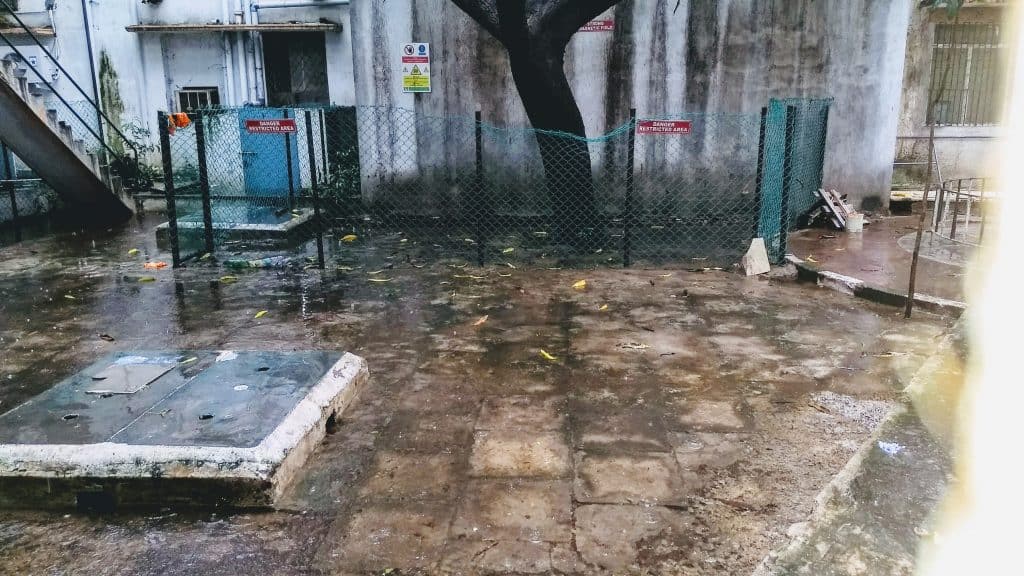The monsoon is just around the corner, and it will hopefully be bountiful. The water situation in Chennai presently is comfortable with Metro Water officials saying that the city has enough of this precious commodity to tide over one more year, irrespective of how the monsoon fares. The Chembarambakkam reservoir, one of the largest sources of water for the city, is already 85% full, necessitating a release to lower its levels so that it can accommodate further inflow during the monsoon.
Elsewhere in the city, stormwater drains are being constructed to carry away water that is likely to otherwise stagnate. All of this is for the good. But are we taking steps to maximise the storage of nature’s bounty? The answer seems to still be no.
Read more: Of bullock carts, wells, fountains and reservoirs: Water supply in Chennai through the centuries
Need for improved water storage capacity in Chennai
It was in 2020, that the city got its fifth reservoir. It was the first to be excavated after Independence, the last such facility having been completed in the 1940s! Our population certainly did not remain stagnant during those seven decades and we muddled along somehow – taking over wells here, borrowing from a river there, and laying pipelines at enormous cost somewhere else to reservoirs deep in the south. We even took over granite quarries in our desperation.
We made a virtue of firefighting and never bothered with a long-term solution. True, the desalination plants, at enormous energy expense, have proved useful but a simple scheme for additional storage capacity has not been thought of. Even with five reservoirs, we can at most store one year’s water supply. Our droughts stretch for much longer.
A sixth reservoir was announced in 2019, at Orathur in Sriperumbudur, to be built across one of the tributaries of the Adyar. It is not certain what the state of progress is, but at the time of launch, it was expected to be completed in 2021.
Of course, the pandemic intervened. But there has been complete silence since then. As a consequence, in order to accommodate more rainwater at Chembarambakkam, we are forced to release water into the sea.
Read more: Where does the water in your tap come from?
Curbing wastage of rainwater in Chennai
The next short-sighted scheme is the construction of stormwater drains where they are least warranted. While they are a necessity on arterial roads, to have them on side streets and along the beach is plain stupidity. The residents of the former need to be educated on the necessity for unpaved garden space so that rainwater percolates into the subsoil.
As for the beach, it acts as a natural filter and so can absorb surplus rainwater. But then, residents on side streets face another challenge – that of rising road levels, which push rainwater into the compounds and premises, which is why they are forced to raise plinth levels and pave their garden space. This drains the rainwater onto the road, which floods and necessitates the laying of stormwater pipes. The net result is that the groundwater does not get recharged.
Lastly, we seem to have given rainwater harvesting the go-by. While it remains on paper, it is an open fact that large commercial projects and residential complexes bypass this mandatory requirement by resorting to corruption.

The short-term expense of bribing they feel is nothing compared to the long-term commitment of maintaining infrastructure. What of the environment? That can be left to future generations to worry over.
In short, what Chennai needs is a comprehensive and long-term water storage policy. This needs to comprise large reservoirs and small ones, by which we mean neighbourhood storage facilities such as tanks, and micro schemes wherein each premises works on becoming water sustaining.
Will Metro Water think along those lines or simply rejoice at yearly surpluses and firefights] when there is a deficit?
[This story was first published on Madras Musings. It has been republished with permission. The original article can be found here.]